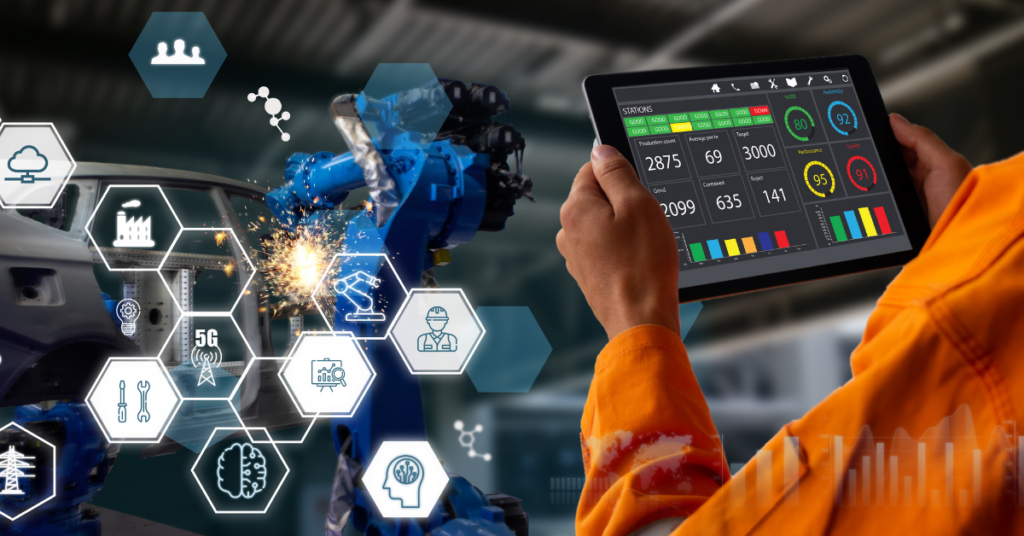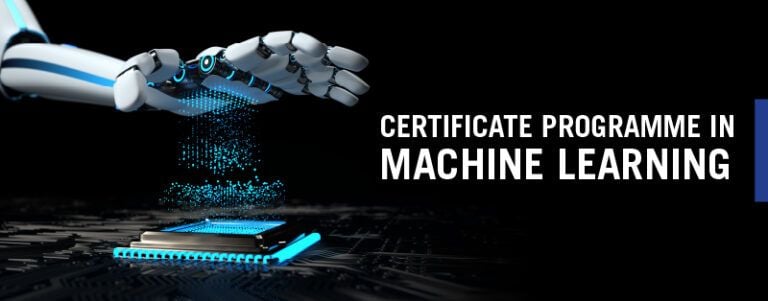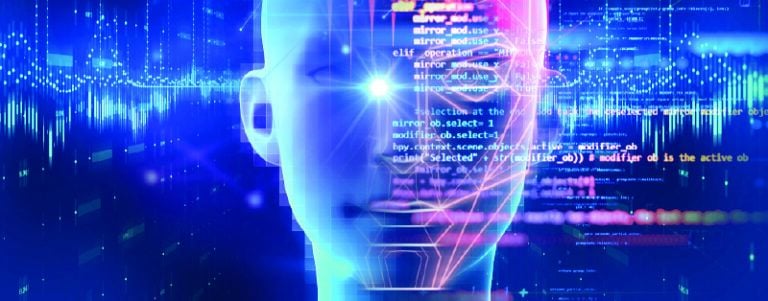Top 10 Deep Learning Algorithms to Know in 2024

What are deep learning algorithms? Any tech professional will be familiar with the term. Indeed, in the constantly changing world of artificial intelligence, deep learning algorithms stand as the driving force behind revolutionary advancements. As we venture into 2024, the realm of deep learning continues to redefine the boundaries of what’s possible, empowering machines to comprehend complex data patterns, make intelligent decisions, and enhance our daily lives.
The staggering statistics too support their growing significance. According to a recent report, the global deep learning market is projected to grow at a compound annual growth rate exceeding 37.8% from 2023 to 2030. With such remarkable growth, staying at the forefront of deep learning is not just an advantage; it’s a necessity. So, let’s dive into the topic and find out exactly what are deep learning algorithms. Additionally, we also look at the list of deep learning algorithms that you should know in 2024!
In this blog you’ll learn,
- What are Deep Learning Algorithms?
- How do Deep Learning Algorithms Work?
- What are the Different Deep Learning Algorithms?
- What are Deep Learning Algorithm Applications?
- Future-Proof Your Career With Emeritus Courses
What are Deep Learning Algorithms?
Deep learning algorithms are a subset of machine learning techniques that mimic the structure and function of the human brain. They process and analyze large volumes of data using artificial neural networks. These networks consist of interconnected layers of nodes. These algorithms are particularly adept at recognizing complex patterns, making them suitable for tasks such as image and speech recognition, natural language processing, and predictive modeling. Deep learning has found applications in a wide range of fields, from computer vision and health care to finance and autonomous vehicles, driving advancements in artificial intelligence.
ALSO READ: A Detailed Guide on the Meaning, Importance, and Future of Neural Networks
How do Deep Learning Algorithms Work?
Let’s take a closer look at what are deep learning algorithms in terms of how they work. Deep learning neural networks aim to replicate the way the human brain processes information. They use data inputs, weights, and bias to recognize, categorize, and describe objects in a data set.
These networks have layers of interconnected nodes, improving predictions as information flows through them (known as forward propagation). The input and output layers are called visible layers. Furthermore, the input layer is responsible for receiving data while the output layer delivers the final prediction.
On the other hand, back propagation, using methods like gradient descent, identifies prediction errors and adjusts the network’s weights and biases to improve accuracy. This iterative process refines the model over time.

What are the Different Deep Learning Algorithms?
So, what are the algorithms used in deep learning?
Essentially, deep learning relies on a diverse set of algorithms that enable neural networks to learn and make predictions from data. These algorithms are used in various deep learning tasks. Each one addresses specific data types and learning objectives. Here is an overview of some key types of deep learning algorithms you should know in 2024. This list further explains what are deep learning algorithms and their essential role today.
- Feedforward Neural Networks (FNN)
FNNs form the bedrock of deep learning. They are composed of interconnected layers of nodes that process data in a unidirectional manner. FNNs are used to classify images, process natural language, among other tasks. Moreover, they excel in making predictions and classifications based on input data.
- Convolutional Neural Networks (CNN)
Then there are CNNs. These are tailored for processing grid-like data, such as images or video frames. They employ convolutional layers to automatically learn features from the input data. Professionals use CNNs to analyze images and videos. They use it to detect objects, and recognize and segment images.
- Recurrent Neural Networks (RNN)
RNNs are particularly suitable for sequential data, including time series, speech, and text. They maintain a hidden state that captures information from previous time steps, allowing them to learn temporal dependencies. Additionally, RNNs are commonly applied in natural language processing, speech recognition, and financial time-series forecasting.
- Long Short-Term Memory (LSTM)
LSTMs are an extension of RNNs designed to mitigate the vanishing gradient problem. They are particularly effective in handling long sequences of data and tasks that require retaining information over extended time intervals. Notably, LSTMs are widely used in applications like machine translation, speech recognition, and video analysis.
- Autoencoders
Autoencoders are unsupervised learning algorithms used for feature learning and dimensionality reduction. Furthermore, they have an encoder and decoder network. Experts use them for a compact representation of data. Autoencoders find application in tasks such as image denoising, anomaly detection, and data compression.
- Reinforcement Learning (RL)
Reinforcement learning focuses on learning optimal actions through trial and error while interacting with an environment. RL algorithms utilize reward signals to guide the learning process. One applies them in domains such as robotics, game playing, and autonomous systems.
- Transfer Learning
Transfer learning is a technique that leverages pretrained neural networks for new tasks. This approach significantly reduces training time and data requirements by reusing knowledge from a source task. Transfer learning is beneficial in tasks such as fine-tuning models for specific applications.
- Self-Organizing Maps (SOM)
SOMs are unsupervised learning algorithms. Professionals use them for clustering and to visualize high-dimensional data. They organize data into a lower-dimensional grid while preserving the topological properties of the original data.
- Deep Belief Networks (DBNs)
Deep Belief Networks (DBNs) are an artificial neural network of multiple layers of stochastic, latent variables. They help professionals learn without supervision and feature extraction. DBNs have found applications in various fields, including image and speech recognition. They also have the ability to discover complex hierarchical patterns in data.
- Radial Basis Function Networks (RBFNs)
Rounding out this list of deep learning algorithms are the Radial Basis Function Networks (RBFN). They are artificial neural networks that employ radial basis functions as activation functions in their hidden layers. Also, they are particularly useful for tasks such as function approximation and pattern recognition. RBFNs use radial basis functions to model the relationships between input data and output, thus making them effective for tasks with non-linear and complex patterns, such as classification and regression.
The algorithm depends on the specific task and the characteristics of the data processed. Researchers and practitioners continually refine and develop these algorithms to enhance their performance in various applications, making deep learning a dynamic and evolving field.
ALSO READ: A 2023 Detailed Guide on Deep Learning Certification Curriculum
What are Deep Learning Algorithm Applications?
We now know what are deep learning algorithms rather thoroughly and also know the list of deep learning algorithms that are going to be important in 2024. Let’s dive further into the topic and consider the different deep learning algorithms in terms of their applications. They are, in fact, ubiquitous in our daily lives, often seamlessly into products and services. Here are some illustrative examples:
1. Law Enforcement
Deep learning algorithms play a crucial role in analyzing transactional data to detect potentially fraudulent or criminal patterns. Indeed, they enhance investigative analysis by extracting insights from sound and video recordings, images, and documents, facilitating quicker and more accurate data analysis.
2. Financial Services
Financial institutions leverage deep learning for predictive analytics in algorithmic trading, risk assessment for loan approvals, fraud detection, and portfolio management. These applications help assess and manage business risks and enhance client investment portfolios.
3. Customer Service
Many organizations integrate deep learning technology into their customer service operations. Chatbots, a form of artificial intelligence, employ natural language and visual recognition to assist users. Advanced chatbots use learning algorithms to handle ambiguous questions, providing personalized responses or routing conversations to human agents. Virtual assistants like Siri, Alexa, and Google Assistant take this further by offering speech recognition for personalized engagement.
4. Health Care
Deep learning has transformed health care, particularly with the digitization of medical records and images. Image recognition applications support medical professionals in analyzing and interpreting medical images, significantly improving efficiency by enabling the assessment of a larger volume of images in less time.
In addition to the above applications, deep learning has found applications in a wide range of industries such as real estate, automotive, agriculture, defense and security, energy, human resources, transportation and logistics. Therefore, irrespective of the industry you are currently working in, deep learning can help harness the power of data-driven insights, automation, and predictive analytics to drive innovation, improve efficiency, and make informed decisions. Ultimately, they will undeniably revolutionize various aspects of any business across industries.
Future-Proof Your Career With Emeritus Courses
The question of what are deep learning algorithms is no more just academic. They are essential to career growth. So get a head start with Emeritus’ artificial intelligence courses and machine learning courses and stay up-to-date in today’s ever-changing tech field. These well-rounded education equip you with the knowledge and skills to thrive in this field. Enhance your abilities to work with deep tech and develop in-demand skills for a successful career in a rapidly growing industry.
Write to us at content@emeritus.org





